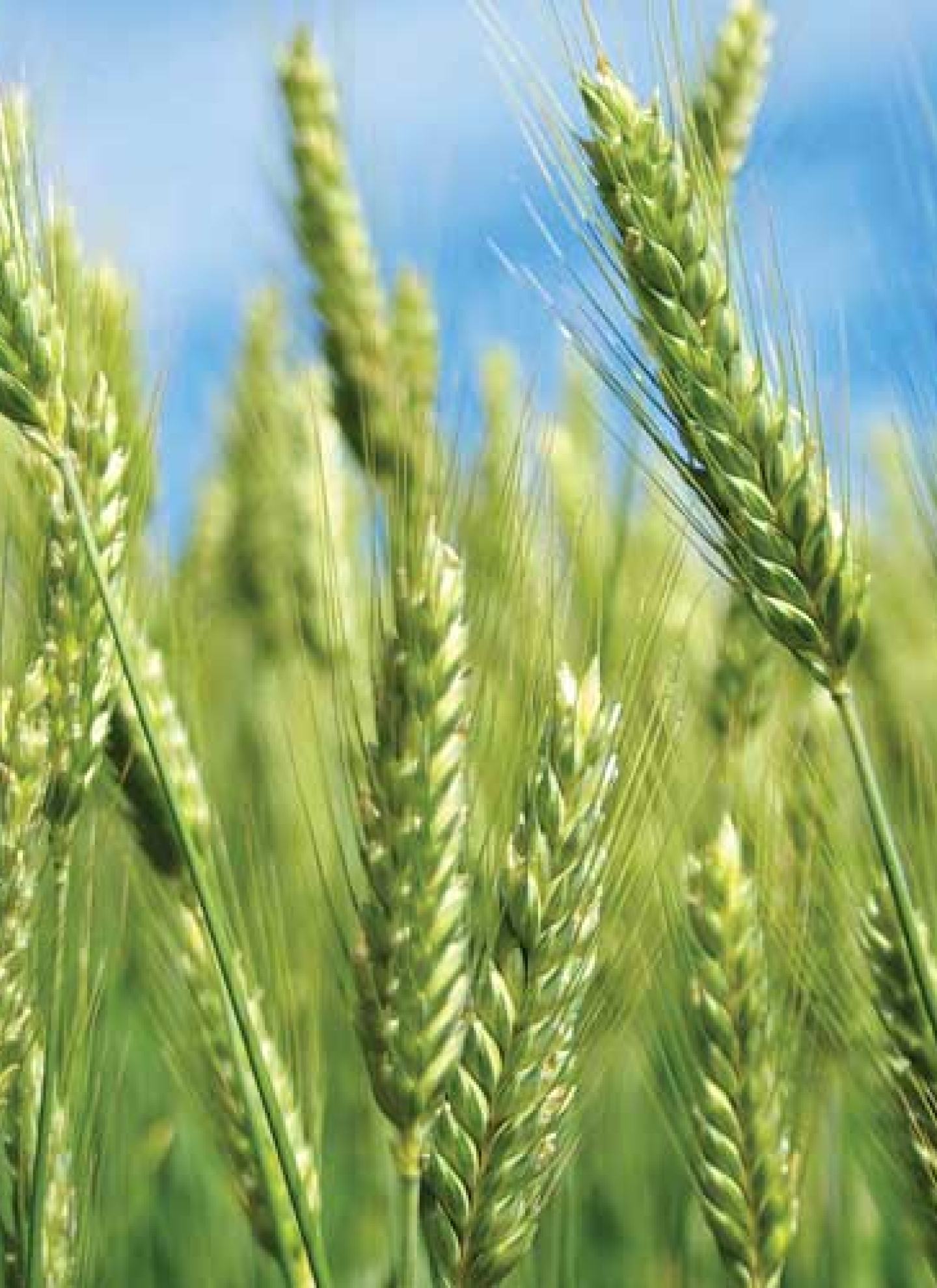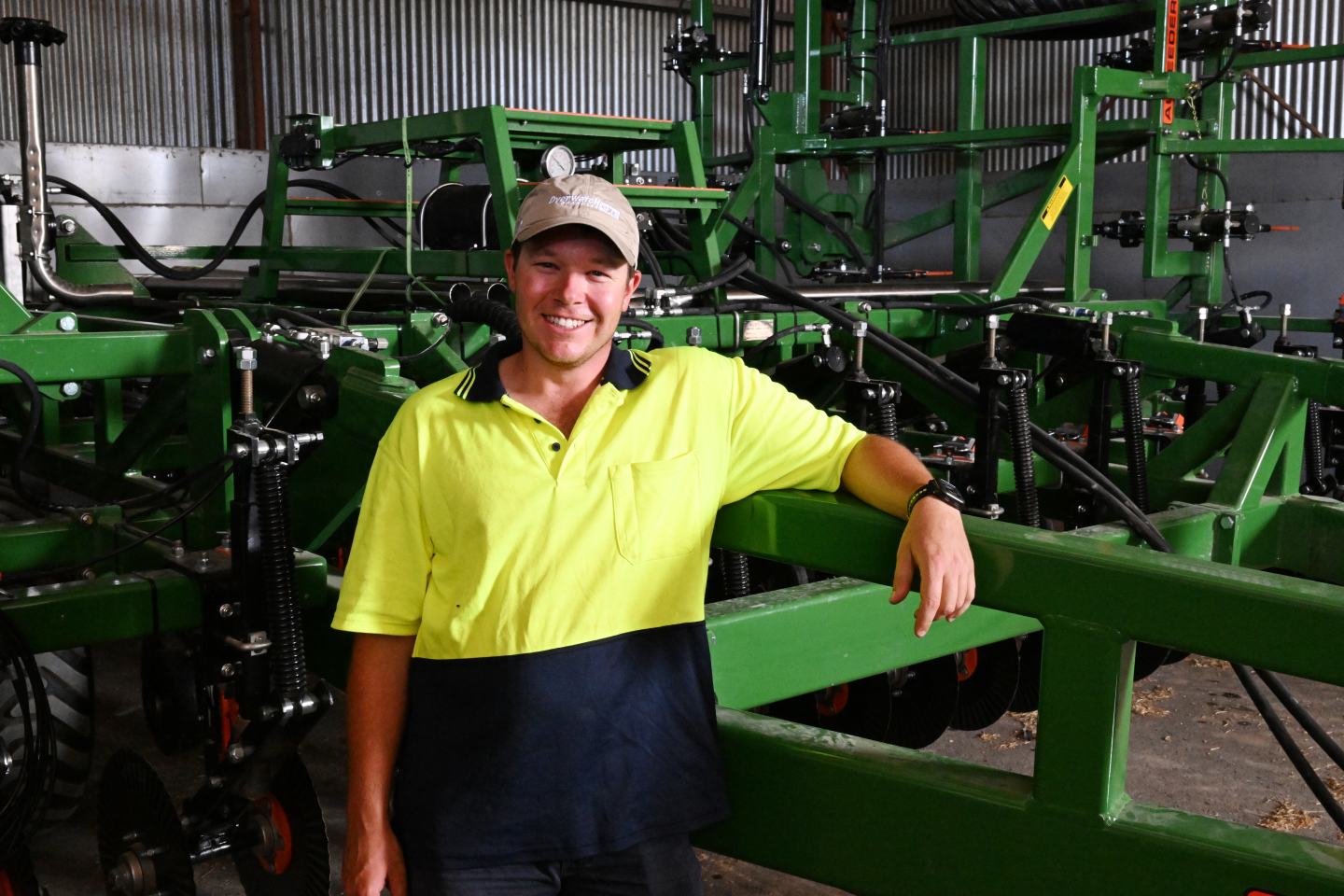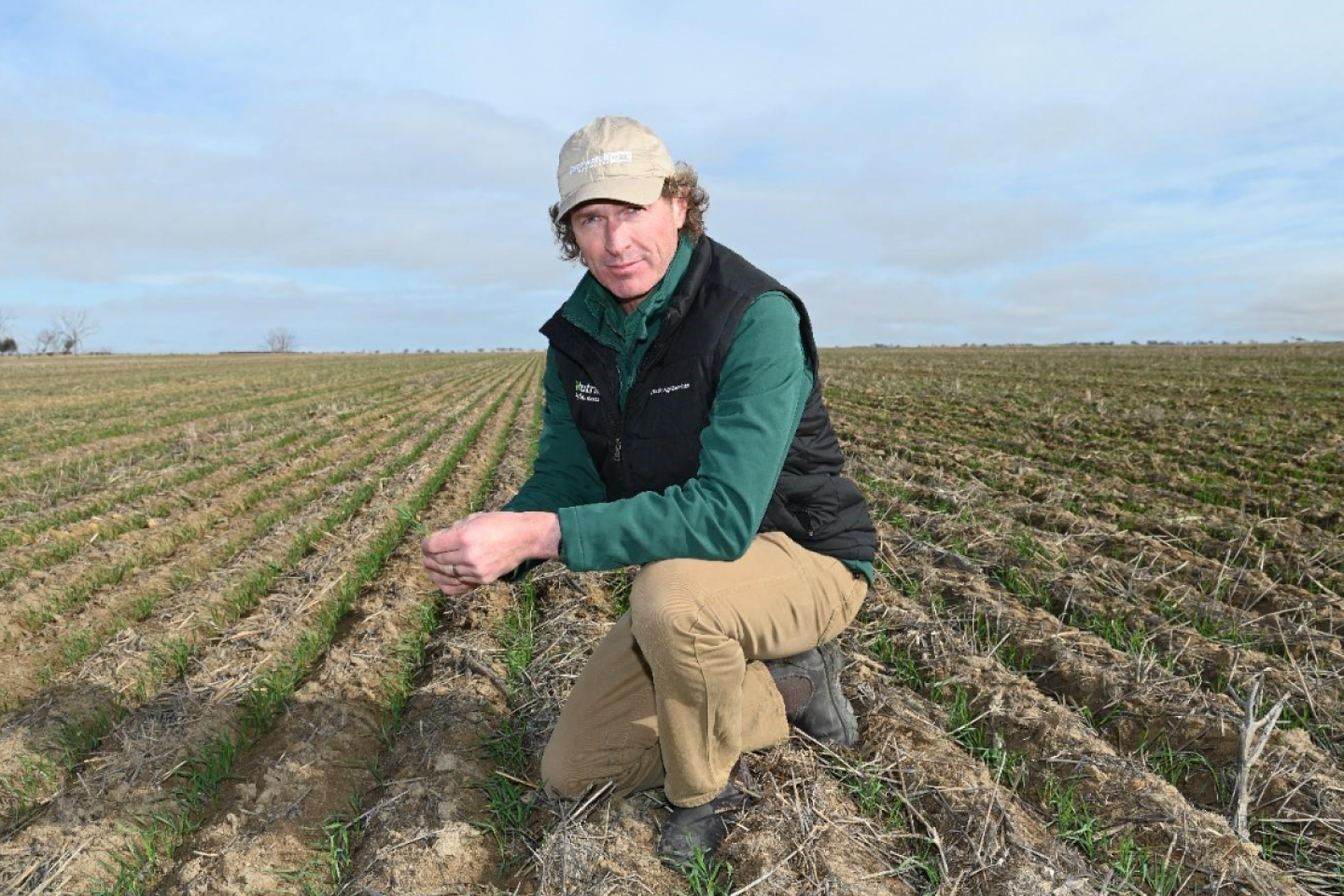The release of Overwatch® Herbicide as a pre-emergent option has been welcomed by John Chapman, of Bruce Rock, in the eastern wheatbelt region of Western Australia.
Mr Chapman said some of the older chemistries were not working as well, and they were mixing herbicides to help control their weeds.
“Some of the older ones are just about done,” he said. “Trifluralin may only work 20 to 50 per cent of the time so we needed something to support it.”
“Trifluralin became trifluralin plus prosulfocarb and now it’s trifluralin plus Overwatch® or prosulfocarb plus Overwatch®.”
By adding Overwatch® to some of the existing herbicides they can address any resistance issues and provide added options to control weeds.
The Chapman enterprise grows a range of crops including wheat, barley, canola, lupins and oats. They first used Overwatch® Herbicide in 2021.
“In barley we are limited with pre-emergent options and Overwatch® was a new herbicide to consider,” Mr Chapman said.
“Ryegrass is our major weed, but we also have issues with wild radish, brome grass, wild oats and barley grass.”
All five weeds are on the Overwatch® Herbicide label, providing control of ryegrass and suppression of wild radish and the other three grass weeds.
In 2022 Overwatch® was used on some canola paddocks and proved a good option for weed control and for crop flexibility.
“We might plan for canola but there is the option to switch to another crop if there is a failure, or if we change our mind,” Mr Chapman said. “There isn’t any residual to stop you going to another registered crop.”
Overwatch® is registered on canola, barley, wheat, faba beans and field peas so it provides flexibility to switch crops in the same season if circumstances change. Other canola herbicides such as propyzamide and atrazine can lock certain crops out of a rotation.
Mr Chapman said the weed control from Overwatch® Herbicide had been good in both years that he had used it, with the ryegrass plants emerging, turning pink and then dying.
He said crops were planted with a DBS system on 300 mm row spacings.
“Ryegrass can be a problem in the seeding row, so the slight mobility of Overwatch® can be good in this circumstance. There is a trade-off between wanting chemistry that is quite mobile that will pick up weeds in the row and not have an adverse effect on the crop.”
It is important with Overwatch® Herbicide to use a seeding system that can ensure accurate seed placement and spatial separation of seed and Herbicide. Wheat, barley, faba bean and field peas are sown at a minimum depth of 3 cm and canola at 1.5 cm.
There was some bleaching in the barley in 2021 where there were spray overlaps, but the majority grew out and yielded well.
Soil types on the property range from sand through to heavy clay and seeding depth decisions were dependent on the paddocks and moisture.




